Cool, refreshing, energising and zesty, the versatility of mint makes it a must for your garden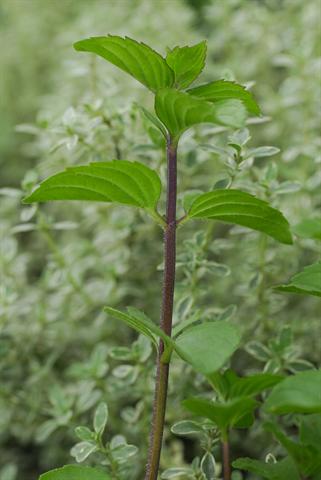
Growing tips
- As mint loves moisture it is traditionally grown under the garden tap, but that’s not always the best position for it. “Taps are often in a shady place and mint prefers full sun,” explains Louis van Aswegen of Healthy Living Herbs. He suggests planting mint in richly composted soil that will retain moisture for the roots while the leaves soak up the sun. When mint gets too much shade it tends to get mildew and rust.
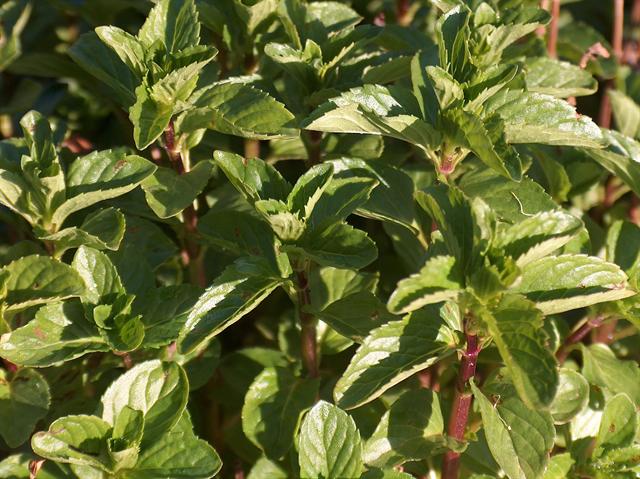
- Mint makes a lovely groundcover. It can be invasive but it’s easily controlled by regularly pulling out the runners or planting it in a pot and sinking this into the ground. Lift up the pot every now and then and trim off the runners.
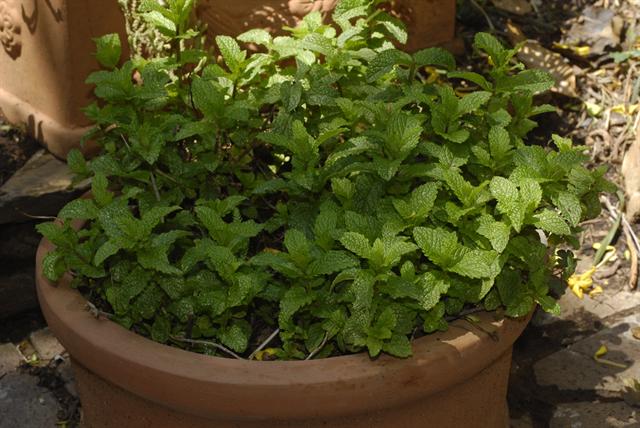
- Mint should be fed regularly with an organic fertiliser, especially when grown in pots. As pots are watered often, the nutrients may leach out.
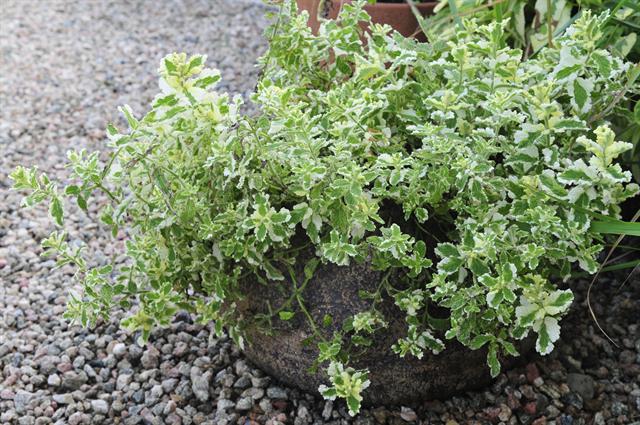
- A strong-smelling plant, mint acts as an insect repellent and is a good companion for broccoli, brussels sprouts, cabbage, cauliflower, squash and tomatoes.
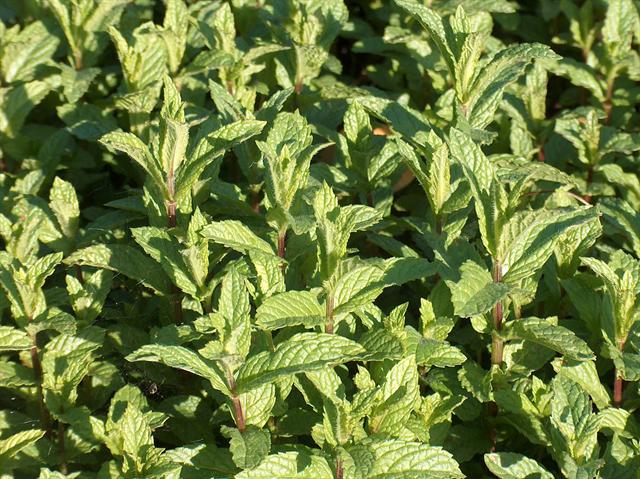
- If allowed to flower, mint attracts beneficial insects such as wasps and hoverfly that control aphids.
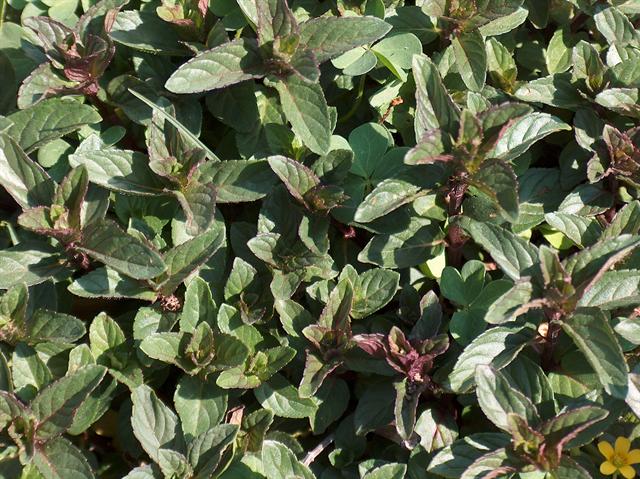
- In most areas mint dies down in winter and can be regenerated in spring by planting out root cuttings. Growing new plants in a new position will get rid of diseases from the previous season.
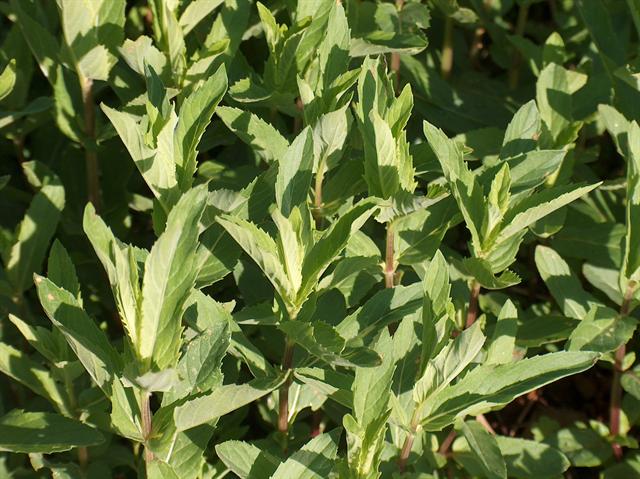
Cooking with mint
Mint can be added to salads, vegetables and fruity desserts, sorbets and jellies. It’s delicious in cocktails, salad dressings, dips (like tzatziki) and to flavour cooking oils and vinegars. There’s no better accompaniment to a roast leg of lamb than mint sauce, while on a hot day a glass of cold water with a sprig of mint provides the ideal refreshment.

